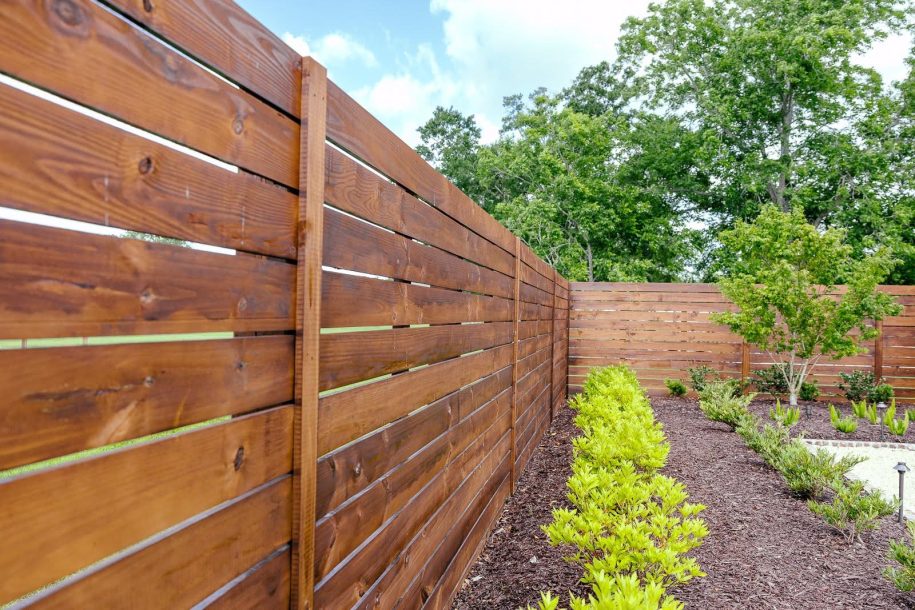When people think about fences, the first thing that usually comes to mind is security. A strong fence keeps unwanted visitors out, defines property lines and adds a layer of protection to any home or business. But there’s another factor that should never be overlooked: design.
Architectural fencing goes beyond basic function. It turns a standard boundary into a statement piece. It enhances curb appeal, reflects the surrounding architecture and increases the overall value of a property. Today, more property owners are choosing fencing solutions that offer security while also elevating the look and feel of their space.
This is where architectural fencing stands apart. It combines dependable strength with intentional style, creating a finished product that looks as good as it performs. Keep reading to learn more.
What Is Architectural Fencing?
Architectural fencing blends structural performance with thoughtful design. It’s more than a privacy screen or a line of demarcation. These fences are often designed in collaboration with homeowners, developers or architects to match specific styles and materials.
Instead of one-size-fits-all panels, architectural fences are made with attention to detail. Whether the goal is to complement a traditional home, match a modern building or add elegance to a commercial entryway, the result is always deliberate and refined.
Common architectural fencing designs include:
- Clean-lined horizontal slats
- Decorative metal pickets with ornamental tops
- Sleek aluminum panels with privacy spacing
- Custom woodwork with unique finishes or stains
Architectural fences are made to last. They often incorporate materials like powder-coated steel, composite boards, stained cedar or vinyl engineered for durability. Every element is selected to suit the property’s look and long-term needs.
First Impressions Matter
A well-designed fence does more than provide a boundary; it sets the tone. Whether framing a front yard or running along a commercial property, architectural fencing is one of the first things people notice.

For residential properties, an attractive fence can enhance the home’s appearance and feel like a natural extension of the architecture. A horizontal wood fence can add warmth to a modern home. A black steel picket fence with a simple top rail can mirror the clean lines of a contemporary build. Even subtle details like post caps, trim boards or color matching can create visual cohesion between the fence and the building.
In commercial settings, design plays an equally important role. A customized fence around an office building, apartment complex or retail storefront can elevate the look of the entire space. It presents a professional image while maintaining control over access and flow. The right fence design reinforces the identity of the business and makes a strong first impression on visitors and clients.
Design doesn’t have to mean decorative in the traditional sense. It can mean simple, modern and clean. The key is to match the look and purpose of the fence with the surroundings, so the entire space feels cohesive and well-thought-out.
Security Without Compromise
Fencing still needs to do its job. And with architectural fencing, that purpose never takes a back seat. Design and security work together to protect the space while maintaining its visual appeal.
Architectural fencing often uses durable materials like welded steel, reinforced aluminum or high-grade vinyl to ensure long-lasting strength. Height, spacing and hardware choices all play a role in how secure a fence is. Even a fence with elegant lines and subtle finishes can deter trespassers if built with the right specifications.
Privacy is another component of security. Many architectural designs include panel systems or board-on-board styles that limit sightlines without creating a bulky or unwelcoming appearance. These options are ideal for residential backyards, pool enclosures or even commercial patios.
When it comes to security, thoughtful design doesn’t weaken protection; it enhances it. A well-constructed architectural fence can be just as reliable as any standard chain link or pressure-treated panel, with the added benefit of looking intentional and professional.

Long-Term Value
Architectural fencing is a long-term investment. Property owners want something that not only performs well today, but also holds up over time without constant maintenance.
High-quality materials and precise installation make all the difference. Powder-coated metals resist rust and corrosion while composite fencing withstands weather and wear without splintering or fading. Engineered vinyl can mimic the look of wood without requiring yearly staining or painting.
This kind of durability saves time and money. Fewer repairs, less upkeep and longer product life mean a stronger return on investment. And in many cases, a stylish, durable fence can even increase property value. Buyers and tenants notice when a space is well-designed, maintained and secure.
Architectural fencing also offers peace of mind. There’s no need to compromise appearance for reliability. These fences are built to last and designed to impress, offering both protection and visual impact. Contact King Fencing to get started on your fence, today!

